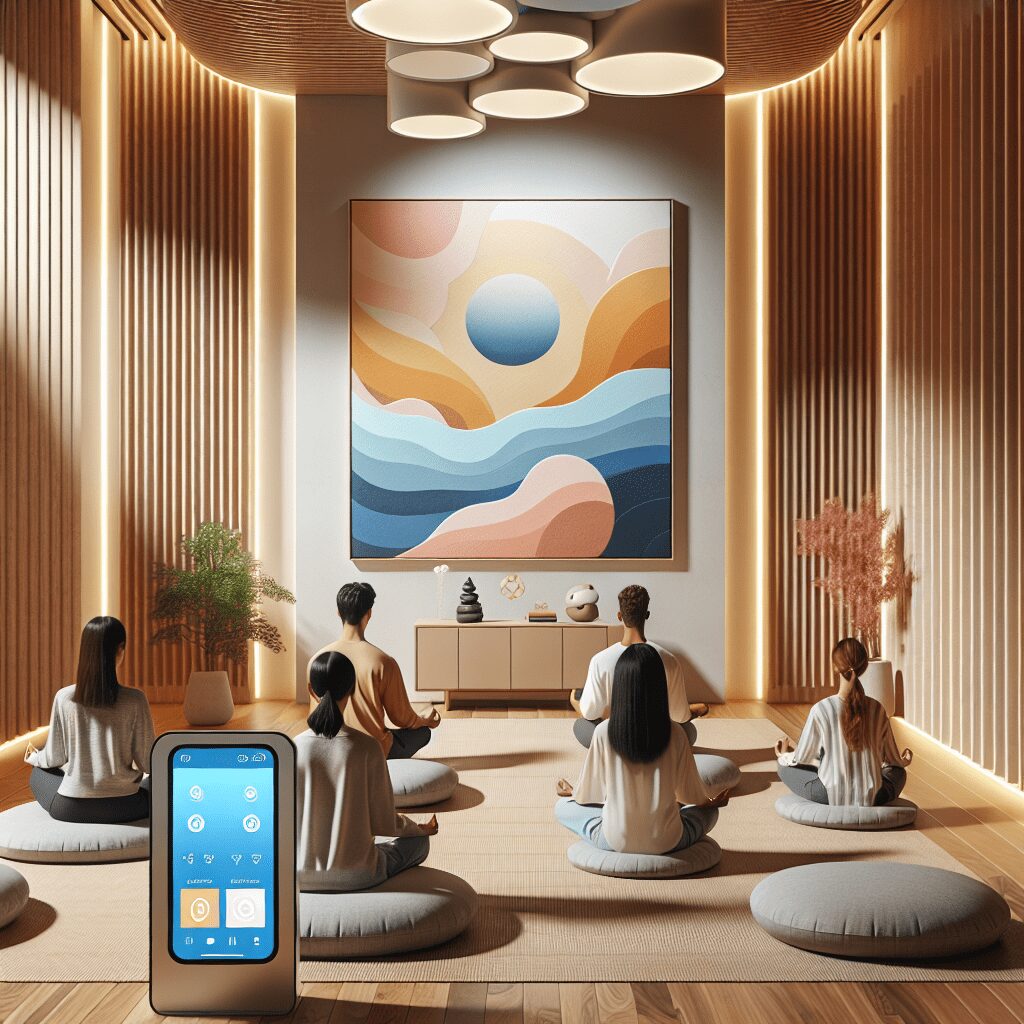
Prioritize your mental well-being daily. Enhance your life by nurturing your mental health with the Smart Meditation app. Break free from stress, alleviate anxiety, and enhance your sleep quality starting today.
How To Meditate For Anxiety And Depression?
Navigating the Maze of Mindfulness: A Beginner’s Guide to Meditation for Anxiety and Depression
In today’s breakneck pace of life, the hustle and bustle can often feel like a whirlwind that sweeps us off our feet, leaving us grappling with feelings of anxiety and depression. But fear not! There’s a beacon of calm in the chaos: meditation. A practice as old as time, yet as relevant as ever, meditation is your secret weapon in the battle against the blues and jitters. Let’s dive into how you can harness this ancient art to find your zen.
The Power of Pause: Starting Your Meditation Journey
First things first, let’s bust a myth – you don’t need to be a guru or a yogi to meditate. All it takes is a few minutes of your day and a willingness to pause. Yes, you read that right. Meditation is all about hitting that pause button on life’s remote control, even if just for a short while. Here’s how you can embark on this transformative journey:
- Find Your Sweet Spot: Choose a quiet corner where you won’t be disturbed. Comfort is key, so whether it’s a cushy chair or a soft mat on the floor, make sure it’s something you can sit on for a while without turning into a pretzel.
- Time It Right: Aim for consistency. Whether you’re an early bird or a night owl, slot your meditation time into the part of your day when you’re least likely to be interrupted.
- Start Small: Rome wasn’t built in a day, and neither is a meditation practice. Begin with just 5 minutes a day. As you get more comfortable, you can gradually increase the duration.
Riding the Waves: Techniques to Tackle Anxiety and Depression
With the basics under your belt, let’s explore specific meditation techniques tailored to combat anxiety and depression.
- Mindfulness Meditation: This is about living in the now. Focus on your breath, or pick an object to concentrate on. Each time your mind wanders to your to-do list or worries, gently bring it back. It’s like training a puppy – patience is key.
- Guided Meditation: If you find your thoughts running wild, guided meditation can be a great starting point. Through audio recordings, an instructor’s voice leads you through a meditative journey, helping anchor your mind.
- Body Scan Meditation: This technique involves mentally scanning your body for areas of tension and consciously relaxing them. Start from your toes and work your way up. It’s surprisingly effective in melting away both physical and mental tension.
The Road Ahead: Making Meditation a Way of Life
Remember, meditation isn’t a quick fix; it’s a journey. Like any habit, it takes time to stick. Here are a few tips to keep you on track:
- Keep a Journal: Recording your thoughts and feelings before and after meditation can provide insight into its effects over time.
- Be Patient and Kind to Yourself: Some days will be easier than others. That’s okay. Don’t beat yourself up if your mind feels more like a pinball machine than a tranquil pond.
- Join a Community: Whether it’s an online forum or a local group, connecting with others on the same path can provide encouragement and motivation.
In the grand scheme of things, meditation is more than just a coping technique; it’s a gateway to understanding our minds and, ultimately, leading a fuller, more mindful life. Whether you’re battling the demons of anxiety and depression or simply seeking a moment of peace, the path of meditation offers a refuge for all.
So, why not give it a shot? You might just find that this ancient practice holds the key to unlocking your happiest, healthiest self. Happy meditating!





